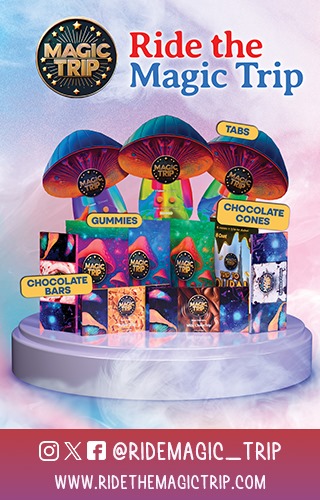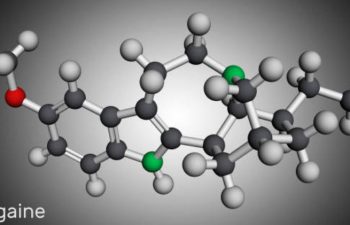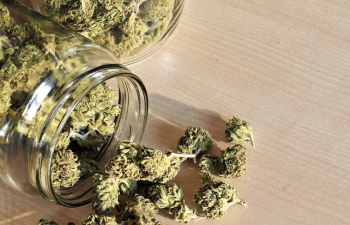CBGa - THCa - THC - CBN
Let’s analyze the exciting evolution of the famous psychoactive cannabis molecule, THC or Delta-9 Tetrahydrocannabinol. The cannabis plant does not start with an abundance of THC but rather starts with non-psychoactive precursor molecules that turn into THC through a variety of factors. THC is the main cannabinoid found in the cannabis plant that is responsible for the psychoactive and intoxicating effects associated with consuming cannabis.
CBGa
CBGa, or cannabigerolic acid, truly earns its reputation as the mother of all cannabinoids by being the predecessor to every cannabinoid in the plant. All the most popular cannabinoids, such as THC, CBD, CBG, and CBC, begin their journey in the life cycle of the cannabis plant as cannabigerolic acid. Based on a variety of factors, the CBGa evolves into THC, CBD, CBG, or CBC. These factors include but are not limited to predetermined genetic code and tendencies, along with growing conditions such as blue vs. red light spectrums and heat exposure. The genetic tendencies are the main determining factor of how CBGa will evolve over time. For example, many popular strains are high in CBG, and therefore a large portion of the CBGa in these genetics does not mature into CBD or THC but instead remains as CBG throughout the life cycle of the plant. High CBD and high THC cannabis strains will start with an abundance of CBGa and turn into CBDa or THCa as the plant grows, depending on its genetic predisposition. CBG and CBGa are non-psychoactive and popular for their anti-inflammatory, antimicrobial, relaxing, and uplifting properties.
THCa
In most psychoactive cannabis indica, hybrid, and sativa strains, the CBGa will mature into tetrahydrocannabinolic acid (THCa). THCa is the inactivated form of THC and needs to be heated to activate the THCa into THC. All psychoactive cannabis flower is predominantly comprised of THCa and becomes THC when you smoke, vape, or heat the plant material for edibles. This THCa activation process is known as decarboxylation or “decarbing,” and it is an essential step in any form of cannabis consumption, whether it is being inhaled or ingested.
THC
THC, short for delta-9 tetrahydrocannabinol, is the compound in the cannabis plant responsible for the potent psychoactive effects. THC works in conjunction with terpenes to create the distinct psychoactive properties associated with each cannabis strain. Terpenes are the naturally occurring essential oils found in cannabis that are responsible for the different flavors and effects. THC is used widely for a variety of purposes ranging from soothing stress to reducing pain and physical discomfort.
CBN
The final stage of THC is CBN or cannabinol. CBN is degraded THC, and it occurs when high THC plant material is exposed to a variety of factors. These factors include age, oxidation, and heat/light exposure. Exposing cannabis to these factors naturally decarboxylates the THCa into THC and then degrades the THC into CBN, which is its final form. CBN is non-psychoactive but has tremendously different effects from THC and THCa. CBN is incredibly sedative and is widely celebrated as an all-natural sleep remedy.
The Problem with THC and Sleep
Many people mistakenly turn to THC for sleep, which can be useful, but overall has the potential to prevent quality NREM sleep. NREM or non-rapid eye movement sleep is stages 4-5 of sleep, where true quality sleep is believed to occur. This is also the stage of sleep where deep restorative rest and dreaming occur. CBN, on the other hand, is non-psychoactive and does not prevent restful NREM sleep, which our bodies crave.
THC is a versatile molecule that does not begin or end its journey in the cannabis plant as THC. From CBGa to THCa to THC and finally degrading into CBN, THC has one of the longest and most complex transitional tendencies of any molecule in the cannabis plant. Take CBD, for example; it starts similarly as CBGa, matures into CBDa, and then finally settles as CBD or cannabidiol. One of the glaring differences between CBD and THC is THC’s ability to further degrade into CBN, while CBD is in its final form once it matures from CBDa into CBD. It is absolutely fascinating to review these cannabinoids from a chemical standpoint and understand their causes and implications.





















